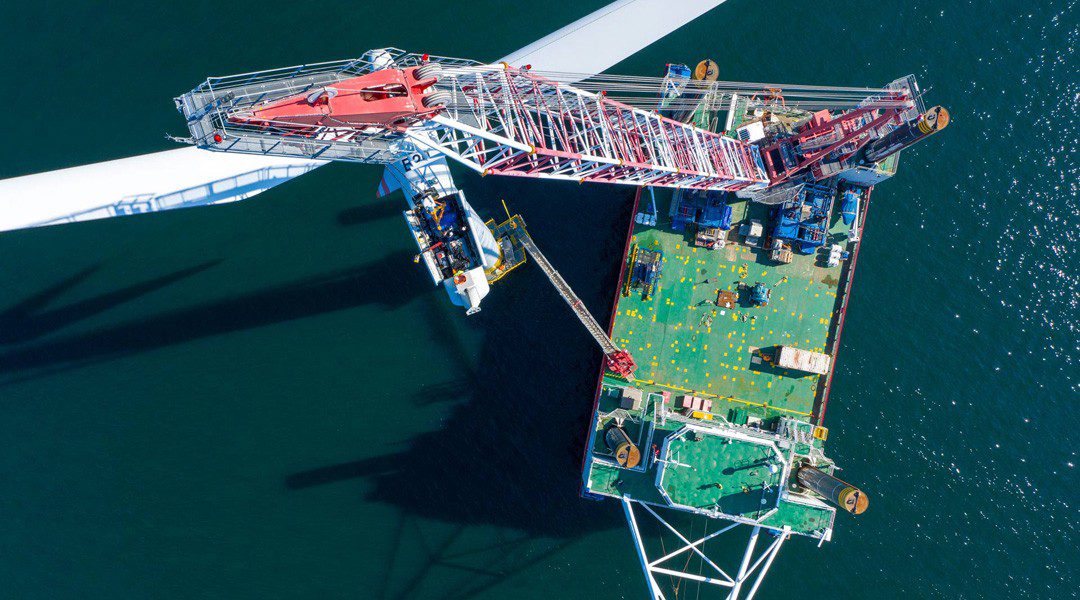U.S. natural gas futures plunged about 5% to a fresh 25-month low on Friday on forecasts for less cold weather and lower heating demand next week than previously expected.
That mild weather should allow utilities to keep pulling less gas from storage than normal for this time of year. Gas stockpiles were already about 9% above their five-year average (2018-2022) and were on track to rise to about 15% above normal this week, according to analysts’ estimates.
That price decline came despite recent increases in the amount of gas flowing to U.S. liquefied natural gas (LNG) export plants to a 10-month high as Freeport LNG in Texas gets ready to exit an eight-month outage.
Front-month gas futures NGc1 for March delivery on the New York Mercantile Exchange (NYMEX) fell 12.3 cents, or 5.2%, to $2.266 per million British thermal units at 11:07 a.m. EST (1607 GMT), putting the contract on track for its lowest close since December 2020 for a second day in a row.
For the week, the front-month was down about 9% after gaining about 4% last week.
With interest in gas markets rising in recent weeks, open interest in gas futures on the NYMEX rose to 1.24 million shares on Thursday, the highest since December 2021.
At the same time, the number of shares outstanding in the U.S. Natural Gas Fund UNG, an exchange-traded fund (ETF) designed to track the daily price movement of gas, rose to a record high near 131.0 million shares. Total UNG shares outstanding have hit fresh record highs every day but one since Jan. 13.
The premiums of futures for April over March NGH23-J23 and November over October NGV23-X23 both rose to record highs. The market uses both spreads to bet on winter weather when gas burned to heat homes and businesses causes demand for the fuel to peak.
The April over March premium means the market has given up on this winter, while the November over October premium shows that the market is betting on colder weather next winter.
The amount of gas flowing to U.S. LNG export plants was on track to reach 13.4 billion cubic feet per day (bcfd) on Friday, the highest since March 2022, due to a rapid increase in flows to Freeport LNG as the facility prepares to exit an outage caused by a fire in June 2022.
Freeport LNG, the second-biggest U.S. LNG export plant, was on track to pull in about 0.5 bcfd of gas from pipelines for a fifth day in a row on Friday, according to data provider Refinitiv. When operating at full power, Freeport LNG can turn about 2.1 bcfd of gas into LNG for export.
Earlier this week, Freeport LNG asked federal regulators for permission to put the first phase of its restart plan into commercial operation. Phase 1 includes the full operation of the plant’s three liquefaction trains, which turn gas into LNG, two storage tanks and one LNG loading dock.
Energy regulators and analysts, however, have said they do not expect Freeport LNG to return to full commercial operation until mid-March or later.
Federal regulators approved the restart of Freeport LNG liquefaction Train 3, but have not authorized the facility to commence liquefaction operations. Freeport LNG still needs permission from regulators to place new LNG in the tanks and transfer it to ships.
Meteorologists forecast the weather would remain mostly near normal through March 4 except for some cold days around Feb. 24-25 and Feb. 28-March 2.
With colder weather coming, Refinitiv forecast U.S. gas demand, including exports, would rise from 117.2 bcfd this week to 118.6 bcfd next week and 125.0 bcfd in two weeks. The forecast for next week was lower than Refinitiv’s outlook on Thursday.




